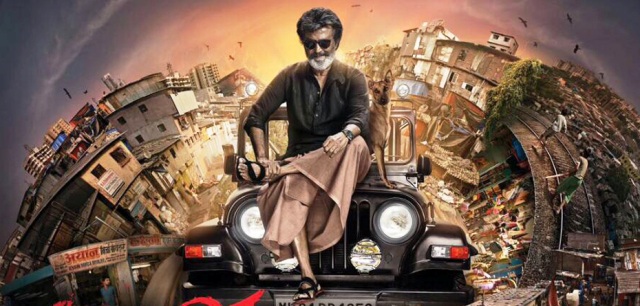Superstar Rajinikanth’s latest film Kaala in Hindi, Tamil and Telugu, exposes the darkness of slum redevelopment sweeping the country. Set in Dharavi — Asia’s largest slum in Mumbai — the film cheerfully exposes the anguish of the “urban-poor” migrants living in the slums of the city. It is their struggle against the land grabbers who are trying to exploit them in the garb of government schemes and city redevelopment, reports IANS. The film is uncomfortable but convincing, illuminating the inconvenient sides of the development. In a depiction too close to reality, Nana Patekar plays Haridada, a goon who has been elevated to the post of a Union Minister. Along with his cronies, he is hell-bent on usurping Dharavi.
SRA (Slum Rehabilitation Authority) schemes, aimed at creating a slum-free Mumbai and offering a better life to slum dwellers, became a money-making racket for local politicos and builders, with little to offer to slum dwellers. The SS Tinaikar report on SRA described it as a scheme ‘of the builders, for the builders and by the builders’.
Ever since 1996 when the SRA scheme was started, it has been mired in controversies such as manipulation of names on the slum dwellers’ list, tweaking names of eligible people, faking consents, making misleading promises, inferior quality of construction, and use of strong-arm tactics to bag developmental rights. Since the SRA was launched, records show just 1.53 lakh slum dwellers shifting to newer homes, and another 3 lakh units being constructed, reports Hindustan Times.
The problem with the current slum redevelopment model is that it does not provide specific quality standards for rehabilitation buildings and much is left to the developer’s discretion. Some slum dwellers allotted flats in SRA schemes sold their homes, and then reapplied for and got a second flat allotted under a different rehabilitation scheme.


